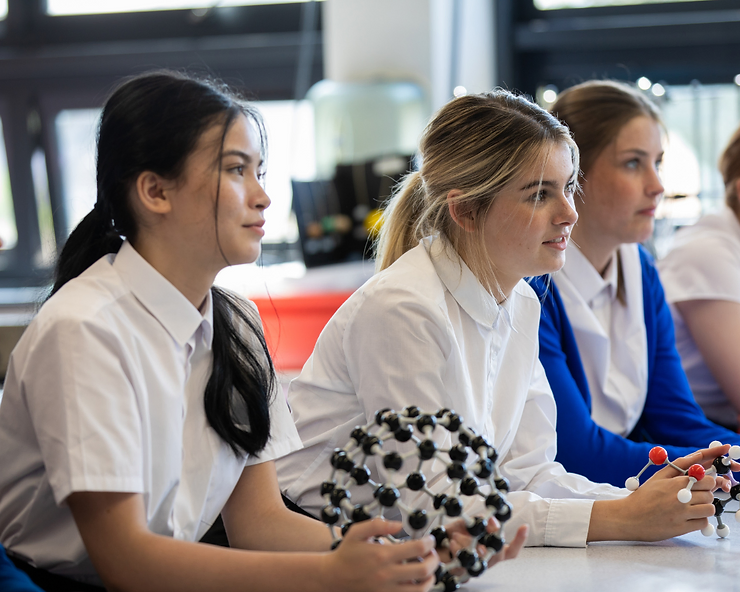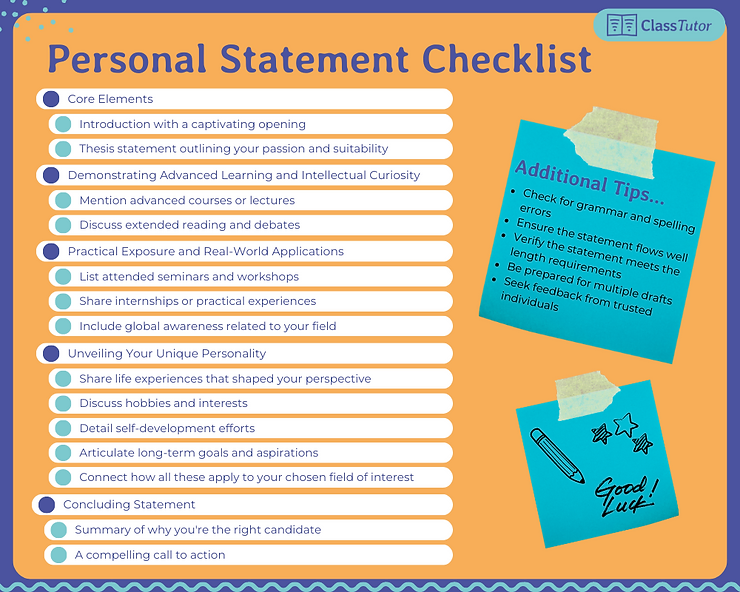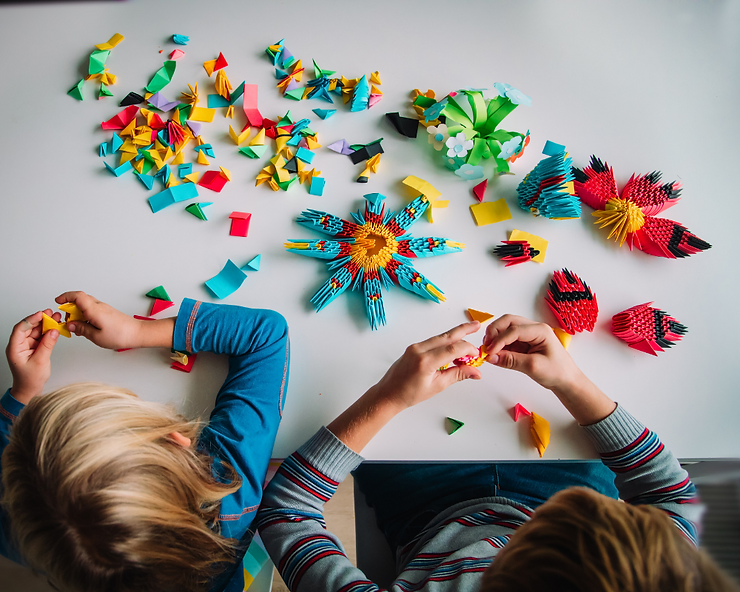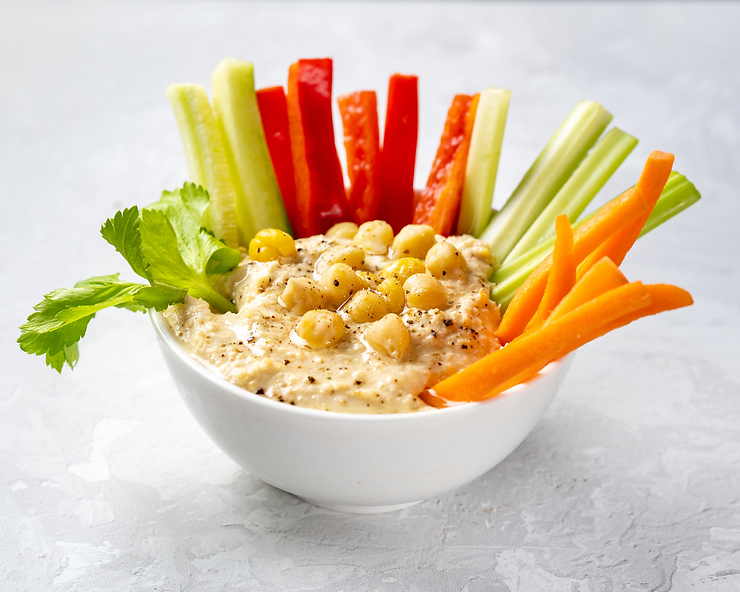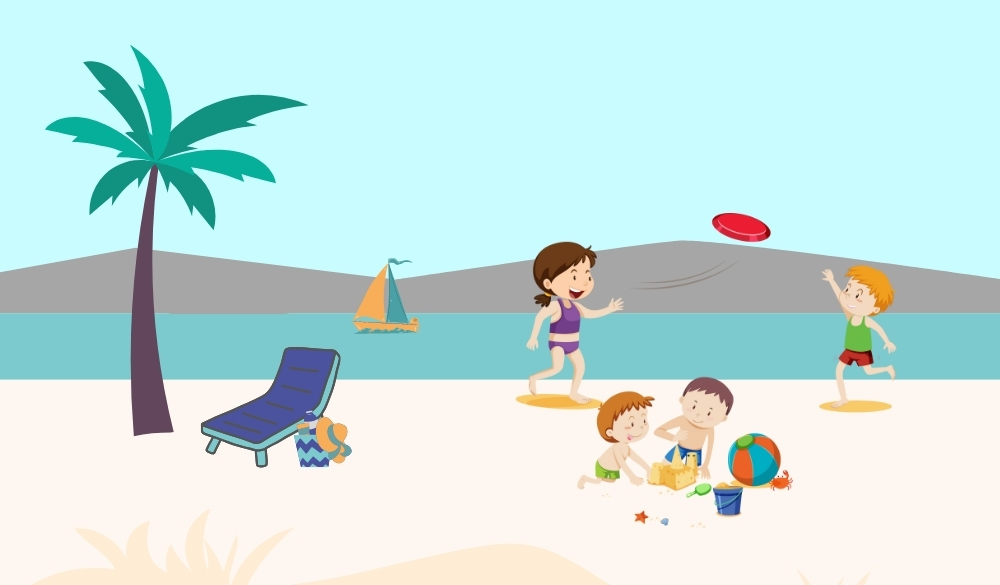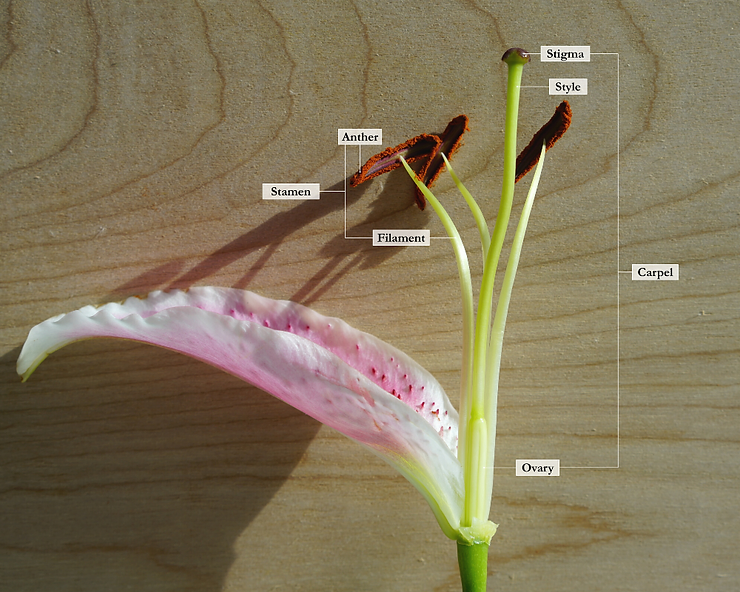Facing School Anxiety: How Online Group Tutoring Can Help
Facing School Anxiety: How Online Group Tutoring Can Help

As we approach the end of September, the initial euphoria of a new academic year begins to settle into routine. The early weeks, filled with the buzz of reuniting with friends and the thrill of fresh learning opportunities, might have felt like a breeze.
But as students get deeper into their syllabus and the demands of school life solidify, the undercurrents of anxiety and apprehension can become more pronounced. The shift from summer freedom back to structured learning, combined with new academic and social challenges, can create a mixture of emotions.
By this point in the month, some students may find that the weight of these anxieties threatens to overshadow the excitement they once felt.
This is where the benefits of online group tutoring, such as the services offered by ClassTutor, come to the fore, providing a way to address and alleviate many of these school-related concerns.
1. Familiar Environment
One of the more subtle yet profound advantages of online learning is familiarity with the environment. The comfort of one’s own home, paired with the effectiveness of online learning platforms, provides a seamless transition for students who might find the abrupt shift from holiday relaxation to classroom rigour a bit jarring.
The warmth of their personal space can significantly reduce the stress of adjusting to a new academic year.

2. Personalised Attention
Large classrooms can sometimes mean less individualised attention for students. This lack of personalised instruction can amplify feelings of being ‘left behind’ or ‘not good enough’.
ClassTutor, with its emphasis on small group sessions, ensures that every student’s unique needs are addressed. This tailored approach not only aids comprehension but also fosters a sense of belonging and importance among learners.
3. Flexibility
The rigid timetables of traditional classrooms can occasionally feel stifling. For students juggling multiple responsibilities or grappling with personal challenges, this inflexibility can exacerbate anxieties.
Online tutoring offers a flexibility that’s often missing from conventional classroom setups. With options to choose convenient times, students can craft a learning schedule that aligns with their personal rhythms, ensuring they remain refreshed and engaged.

4. Boosted Confidence
Knowledge is empowering. When students grasp concepts thoroughly and see tangible improvements in their performance, their self-confidence soars. Being well-prepared and having a deep understanding of topics translates to increased participation in class and a greater willingness to tackle challenges head-on.
With ClassTutor’s structured and interactive sessions, students are equipped with the tools they need to shine brightly.
While the transition back to school can bring its own set of challenges, it’s essential to remember that solutions abound.
Online group tutoring, especially with platforms like ClassTutor, provides a safety net ensuring that every student’s journey back to academia is smooth and enjoyable.







